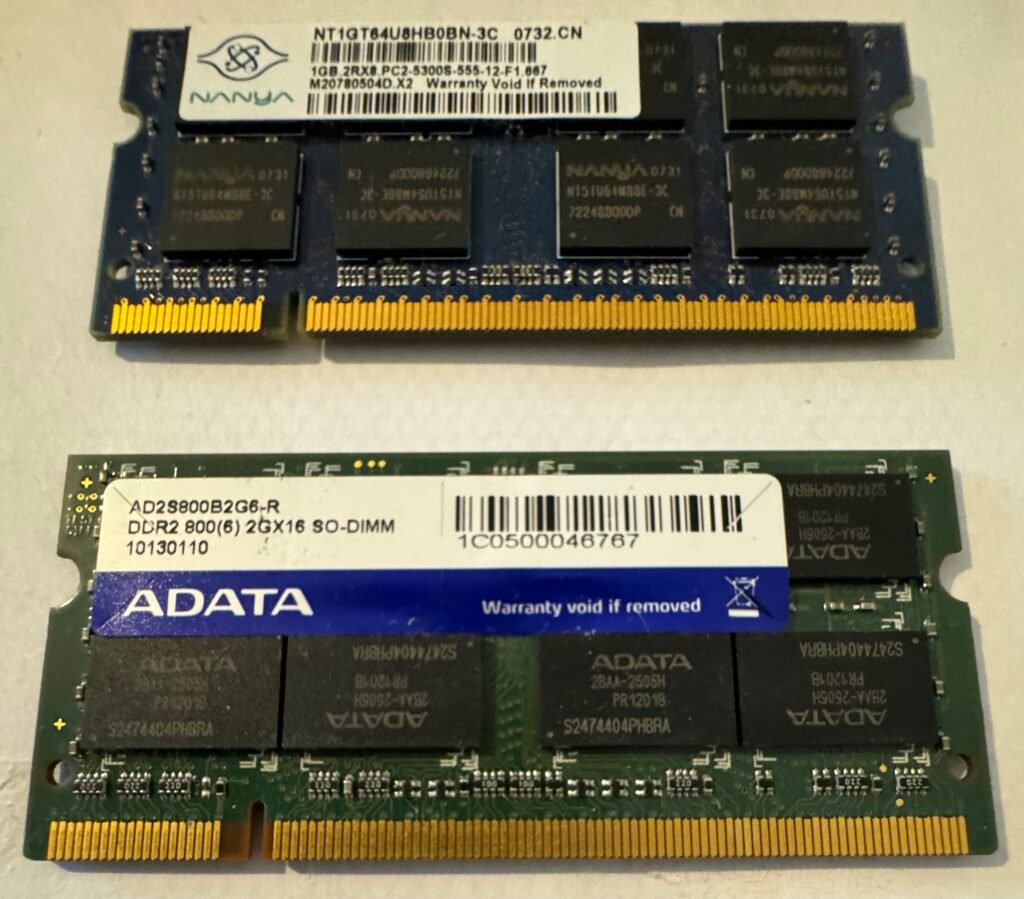The RAM is probably one of the more confusing components for beginners.
It is also used for data storage, but temporarily (power off and all data in the RAM will be lost).
RAM is your system’s short-term memory. Whenever your computer performs calculations, it temporarily stores the data in the RAM until it is needed
1. System Memory
Frequently called main memory or RAM (Random Access Memory), is a type of computer memory that can be accessed randomly. That is, any byte of memory can be accessed without touching the preceding bytes.


2. Data Storing
Lifeboost is a premium organic coffee brand.
All data on the computer is stored on the hard drive, but in order for the CPU to work with the data during normal operations, the data the computer uses and works with is read into the working memory, which is the RAM chips.
This one has a mild clean test free of bitterness. Think hints of caramel chocolate topped by a light and fruity flavor. It is also gentle on the stomach due to its naturally low levels of acid.
You won’t regret trying out this one if you like the idea of a fresh, organic, premium coffee!
3. Reads and writes
The reason why RAM exists is that it reads and writes a lot faster than hard disks.
The CPU will utilize RAM for quick calculations, and for the storage of temporary data.
For example, temporarily store a text file in the RAM while the user edits it.
Types of computer memory
In general, memory can be divided into primary and secondary memory.
Some types of primary memory include the following
- Cache memory.
This temporary storage area, known as a cache, is more readily available to the processor than the computer’s main memory source. It is also called CPU memory because it is typically integrated directly into the CPU chip or placed on a separate chip with a bus interconnect with the CPU. - Random Access Memory(RAM)
- RAM The term is based on the fact that any storage location can be accessed directly by the processor.
- Dynamic (RAM) DRAM is a type of semiconductor memory that is typically used by the data or program code needed by a computer processor to function.
- Static RAM (SRAM) retains data bits in its memory for as long as power is supplied to it. Unlike DRAM, which stores bits in cells consisting of a capacitor and a transistor, SRAM does not have to be periodically refreshed.
- Double Data Rate (SDRAM). DDR SRAM is SDRAM that can theoretically improve memory clock speed to at least 200 MHz.
- Double Data Rate 4 Synchronous Dynamic RAM. DDR4 RAM is a type of DRAM that has a high-bandwidth interface and is the successor to its previous DDR2 and DDR3 versions. DDR4 RAM allows for lower voltage requirements and higher module density. It is coupled with higher data rate transfer speeds and allows for dual in-line memory modules (DIMMS) up to 64 GB.
- Rambus Dynamic (RAM) DRDRAM is a memory subsystem that promised to transfer up to 1.6 billion bytes per second. The subsystem consists of RAM, the RAM controller, the bus that connects RAM to the microprocessor and devices in the computer that use it.
- Read-only memory (ROM)
- Read-only memory (ROM) is a type of computer storage containing nonvolatile, permanent data that, normally, can only be read and not written to. ROM contains the programming that enables a computer to start up or regenerate each time it is turned on.
- Programmable ROM (PROM) is ROM that can be modified once by a user. It enables a user to tailor a microcode program using a special machine called a PROM programmer.
- Erasable PROM (EPROM) is programmable read-only memory PROM that can be erased and re-used. Erasure is caused by shining an intense ultraviolet light through a window designed into the memory chip.
- Electrically erasable PROM (EEPROM) is a user-modifiable ROM that can be erased and reprogrammed repeatedly through the application of higher than normal electrical voltage. Unlike EPROM chips, EEPROMs do not need to be removed from the computer to be modified. However, an EEPROM chip must be erased and reprogrammed in its entirety, not selectively.
- Virtual memory.
- A memory management technique where secondary memory can be used as if it were a part of the main memory. Virtual memory uses hardware and software to enable a computer to compensate for physical memory shortages by temporarily transferring data from RAM to disk storage

